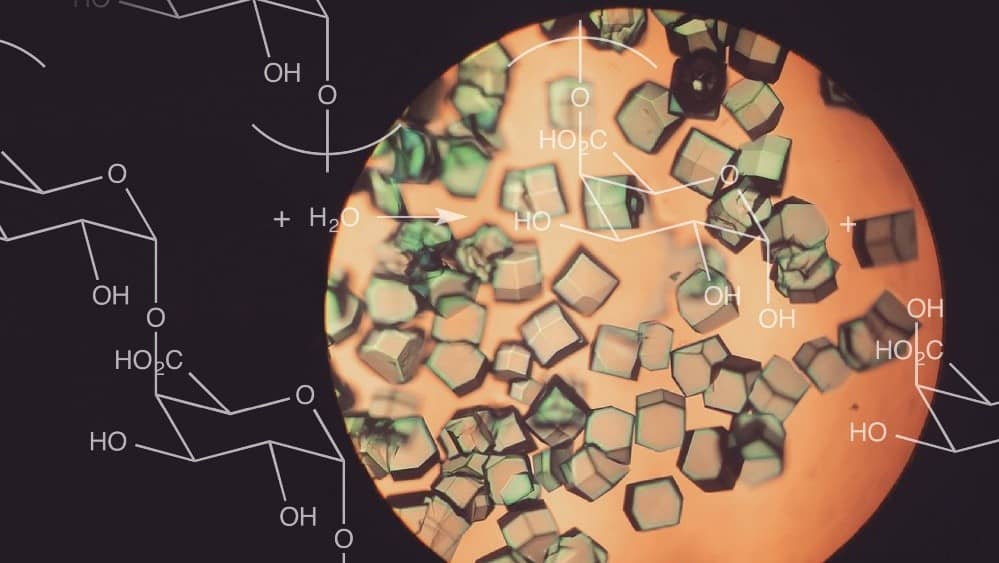Enzymes are fascinating biological molecules that act as catalysts to accelerate chemical reactions in living organisms. They are typically proteins, though some catalytic RNA molecules, called ribozymes, exist as well.
Here’s a closer look at enzymes:
- Function: Enzymes speed up reactions by lowering the activation energy needed for the reaction to proceed. This means that they enable chemical processes to occur more efficiently and at a faster rate than they would without the enzyme.
- Specificity: Each enzyme is specific to a particular reaction or type of reaction. This specificity is due to the unique structure of the enzyme's active site, where the substrate (the molecule the enzyme acts upon) binds. The enzyme-substrate complex facilitates the conversion of substrates into products.
- Structure: Enzymes have a unique three-dimensional structure that is crucial to their function. This structure includes an active site, where the substrate binds, and often a series of other regions that help stabilize the enzyme-substrate complex and facilitate the reaction.
- Mechanism: Enzymes can work through various mechanisms, such as providing an environment conducive to the reaction, bringing substrates into close proximity, or even physically straining substrates to facilitate their transformation.
- Regulation: Enzyme activity can be regulated in several ways, including through the presence of inhibitors or activators, changes in environmental conditions (like pH or temperature), and through genetic regulation of enzyme production.
- Importance: Enzymes are crucial for virtually all biochemical processes, including digestion, metabolism, DNA replication, and many others. Without enzymes, many of the chemical reactions necessary for life would proceed too slowly to sustain life.
In summary, enzymes are essential for life, serving as highly specific and efficient catalysts that control the pace and direction of biochemical reactions.


